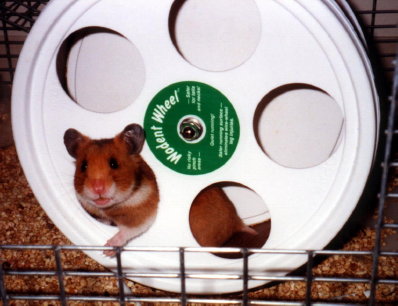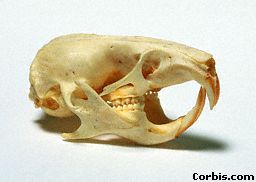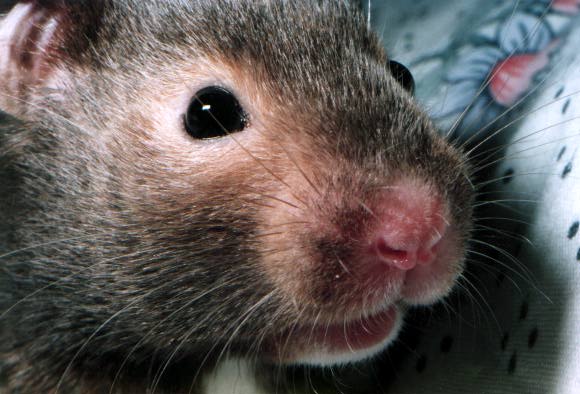
|
Hamster Haven: Facts |
Hamsters are very good pets, but also very interesting creatures. Here are some things that make hamsters different, or more interesting than other animals and pets.  Nope, hamsters aren't magical- they're just clean. Unlike other animals, hamster have 'hip glands' that are on their, well, hips. They use these glands to 'mark their territory' by rubbing their sides against objects. In the wild, they use their hip glands to scent-mark their tunnels. Hamsters can run up to 8 miles on their wheels a day- it seems easier to them because I noticed that other rodents' backs curve upward and hamsters' backs curve downward when they are running in their wheel.  The skin from the insides of hamsters cheek pouches can transplanted to any animal without refusal. Hamster ages: Every human year is 25 hamster years, every 2 human weeks is 1 hamster year. Every human hour is a hamster day. Hamsters will eat anything a human eats (that is, if it wants to). Some books say they wont accept peppers, candy, alchohol, and pickles, but my hamster likes candy and doesn't care much for french fries and some other foods. However, hamsters will eat a number of things that humans wont. For more information about a hamsters diet, go to the Care Guide and click Diet.  The name "hamster" comes from a German word, hamstern, which means "to hoard." In Central Europe, a person who is greedy or selfish is often called a "hamster." Hamsters' teeth are always growing, so you must keep something in their cage that they can gnaw on. The reason why they constantly grow is because the incisors don't have roots. Metal bars are divine, but the sound of them when chewed upon can be annoying for humans, and some kinds of paints they use on bars are toxic. Wooden blocks, food dishes, and bones are also good for chewing, and nice treats. Bones especially if there is a little meat left on them. Be sure to have something for it to chew on though, because if you don't, it may chew on the water-bottle spout or holder and then it could die from the metal in it's digestive tract. As your hamster gets older, its fur may change color or fall out. It may also become less active- like running in it's wheel less, and chewing on things less. This leads to longer teeth and nails. The only safe way to have them clipped down to normal length is from a vet, remember, it's better safe than sorry.  A single pair of hamsters can give rise to a population of several thousand within a single year! This is because hamsters have the shortest gestation period (out of all mammals), and reach sexual maturity at a young age (At 5 or 6 weeks old).  Hamsters cheeks are like loose skin "pockets". They are used to transport food that cannot be stored right away. Their cheek pouches can hold up to 18 grams! They are also used to defend themselves from enemies. When trying to scare away their opponent, a hamster puffs up it's cheeks with air to make itself look larger. Hamsters have flatten able ribs- which come in handy when a human allows them to run loose in a room without the human much paying attention. Then they can chew apart the piece of clothing you put to block the way under the door, and in a few minutes or so of hard belly-grinding work your hamster will be out of that room!  Hamsters have no belly buttons. Some breeds of hamsters have no hair, just curly whiskers. I believe this species of hamster is called 'Alien rex hamster' or something similar. They were originally bred to feed snakes because the fur on hamsters is hard to digest, but now they are becoming pets also. If it gets below 40 degrees, the desert-descending hamster may hibernate Hamsters see best in dim light, but they always see in black and white. A hamster's vision isn't their best feature since they are nocturnal creatures. They are farsighted, but don't see things with great sharpness. A hamster can see 110 degrees around them.  A hamster's hearing is better than it's sense of vision. But it's strongest in it's sense of smell. It revolves around smells and lives in a world of smells! Like other rodents, hamsters have a double-chambered stomach. The food is predigested in the first stomach chamber, then broken down further in the main stomach. Syrian (pet) hamsters were created by Scientists playing God. Scientists bred and inbred the Common hamster until it was so mutated, a new species was formed! And that is how the Syrian hamster, and all it's separate little breeds (Black bear, teddy bear, golden, etc) were made! Neat, huh? Check out our Breeds or History page to learn more! Feel free to use any of this information for your own use ^_^ aren't we nice!
|